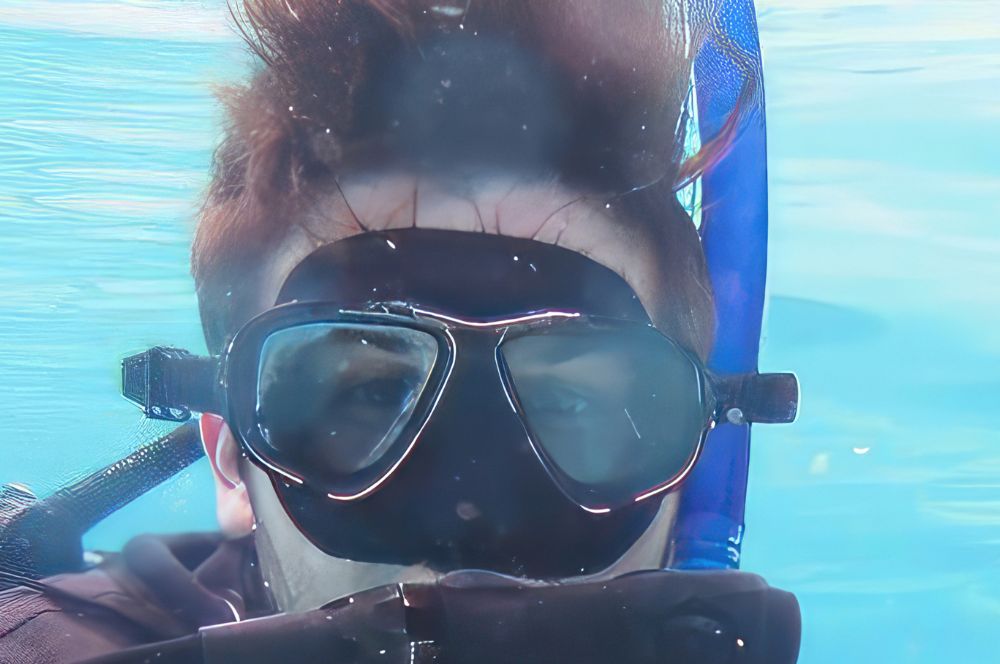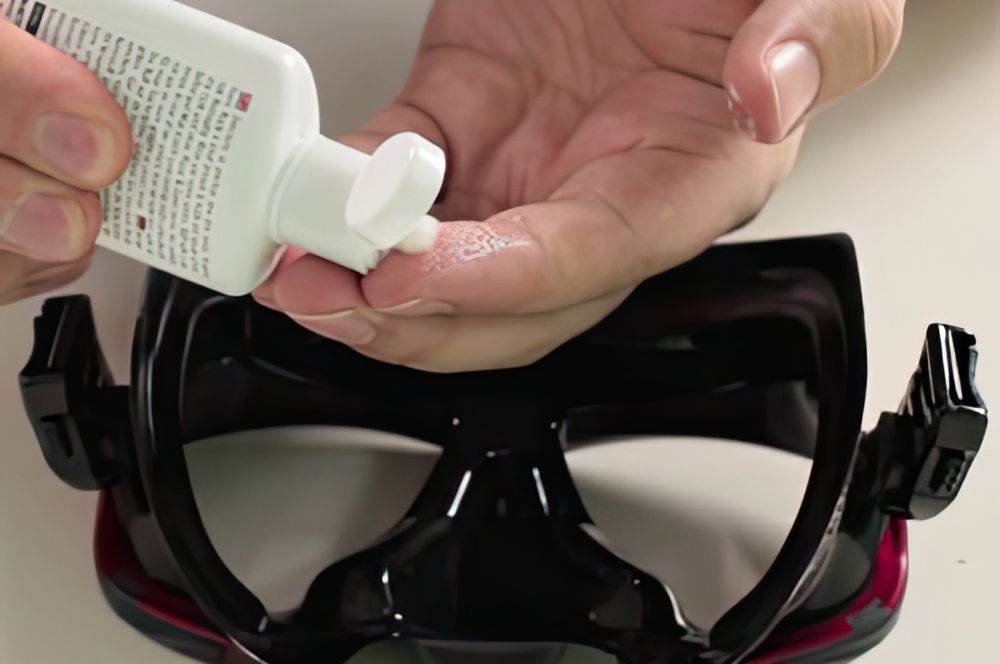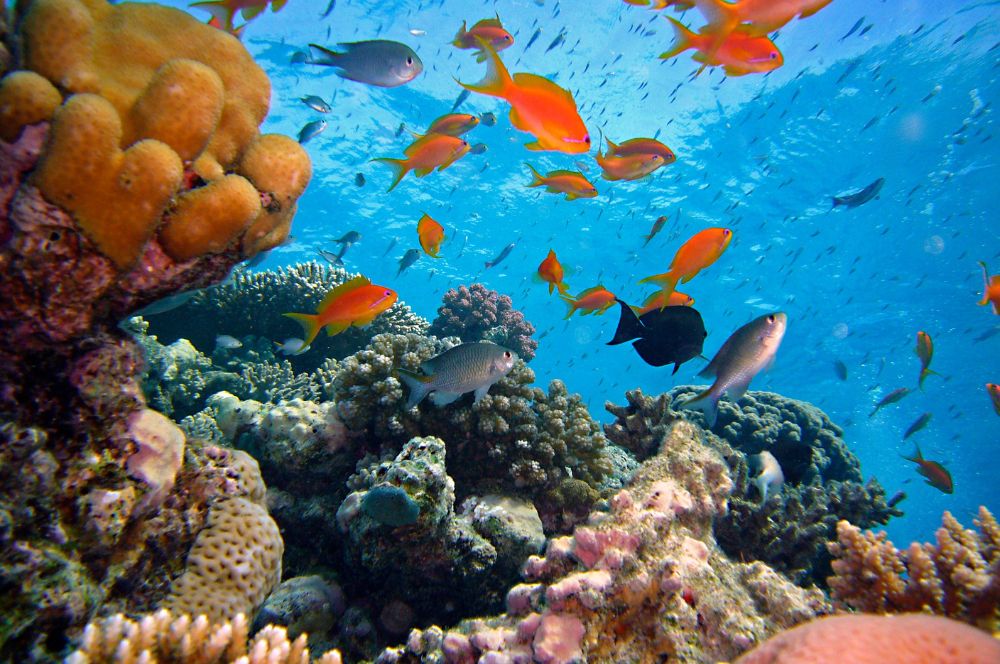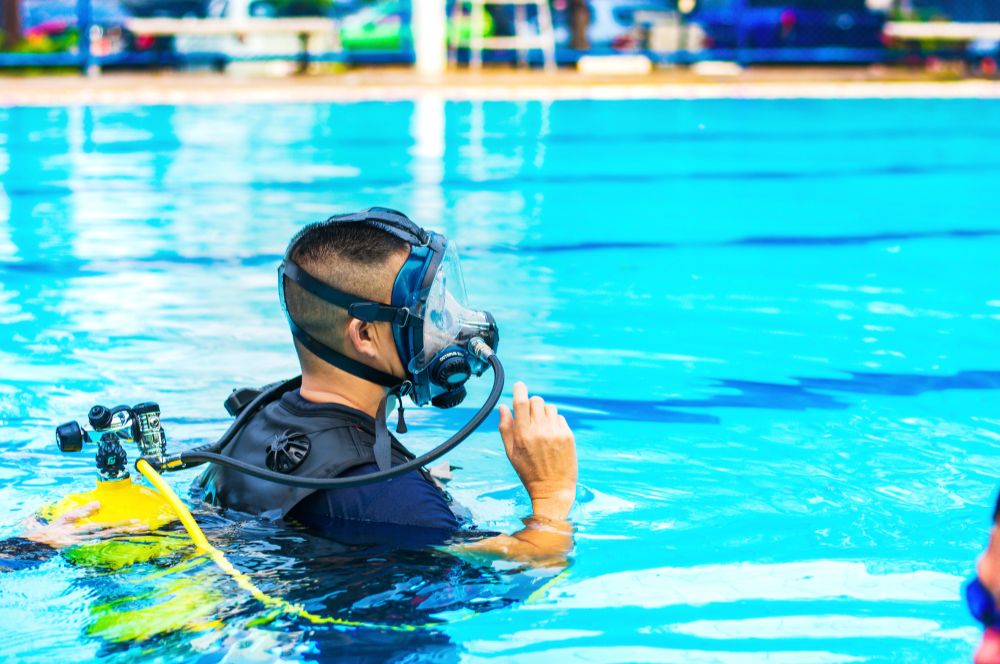You have 0 product(s) in your cart.
Abyss Scuba Diving
How To Keep A Dive Mask From Fogging Up? | Abyss Scuba Diving
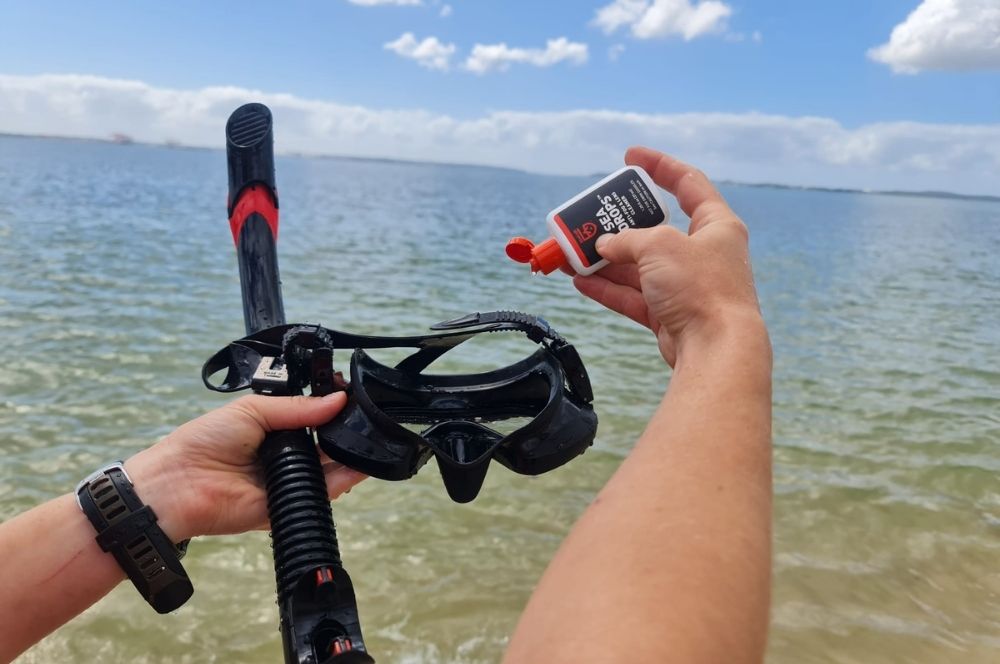
Proven Strategies for New Dive Mask Keeps Fogging Up
Ever wondered why your foggy mask seems to be a bigger issue in colder waters? Well, here's an interesting fact! This foggy mask issue is due to the temperature of your breath and the water vapour it contains. Just like how your car windows fog up on a chilly day, your diving mask fogs up when the warm air from your breath meets the cold glass of the mask. This temperature difference causes the water vapour to condense on the surface of the glass. But fret not; you can easily combat this foggy mask issue by applying an anti-fog liquid on the inside of the mask before diving. These defog products form a thin film that prevents water droplets from condensing on the glass surface. By following these simple tips, you can ensure a fog-free mask and enjoy a clear, uninterrupted view of the mesmerizing underwater world.
Key Takeaways
-
Understand the causes of dive mask fogging, such as temperature differences and manufacturing residue.
-
Prepare your new dive mask with methods like toothpaste treatment or flame technique to reduce fogging.
-
Use specialized anti-fog solutions for full face masks to ensure optimal visibility underwater.
Understanding the Causes of Dive Mask Fogging
Dive mask fogging can be a frustrating issue, but understanding its causes can help you find the right solution. Two primary factors contribute to a foggy mask: temperature differences and manufacturing residue.
Addressing these issues will help minimize fogging and enhance your underwater adventures.
Temperature Difference
Temperature differences between the mask and water play a significant role in causing fogging. As the air inside your mask cools down, it meets the colder water, causing condensation to form. This condensation leads to fogging on the glass of the mask.
Fortunately, effective strategies can help counteract this temperature difference and maintain a fog-free mask.
Manufacturing Residue
Another contributor to dive mask fogging, including snorkel mask fog, is manufacturing residue. During the mask-making process, a hydrophilic coating is left on the lenses, which attracts water and causes condensation, resulting in snorkel mask fogging.
Cleaning the lenses and removing this residue is a must before taking your brand new mask for a dive; this will prevent fogging and ensure a clear underwater view.
Preparing Your New Dive Mask for Optimal Performance
Understanding the causes of fogging paves the way to delve into methods for preparing your new dive mask, ensuring optimal performance. Two popular techniques for removing manufacturing residue, a byproduct of the manufacturing process, and preventing fogging are toothpaste treatment and the flame technique.
Using one of these methods can dramatically reduce fogging, providing you with crystal-clear visibility during your dives.
Toothpaste Treatment
Toothpaste treatment is an effective and easy method for removing manufacturing residue from your new mask. Here’s how to do it:
-
Clean the lenses inside the mask with a non-abrasive toothpaste.
-
Rub the toothpaste in to cover all the surfaces.
-
Rinse out the mask with fresh water without touching the glass.
Be sure to avoid using abrasive toothpaste or rough cloth, as these can cause scratches on the interior of the glass and lead to fogging.
Flame Technique
The flame technique involves using a lighter or candle to burn off any thin layer of residue on the mask’s lens. While this method can be highly effective, it also carries some risks, such as cracked lenses or damage to the mask skirt.
When using the flame technique, ensure the glass does not become excessively hot, and avoid masks with plastic lenses or silicone skirts that can melt.
Best Anti-Fog Solutions for a Foggy Mask
Besides preparing your mask, employing anti-fog solutions is key to maintaining a clear view during your dives. Commercial anti-fog products typically require just a few drops, baby shampoo, and DIY mixtures are popular options that can effectively prevent dive mask fogging.
Each of these solutions warrants a detailed examination.
Commercial Anti-Fog Products
Commercial anti-fog products are specifically formulated to provide a coating on your mask’s lens, preventing fogging. To use a commercial defogging agent, add a few drops into the mask, spread it around with your finger, and then rinse with fresh water for a short period of time.
Baby Shampoo Solution
Baby shampoo is a gentle and affordable alternative to commercial anti-fog solutions. To use baby shampoo as an anti-fog solution, follow these steps:
-
Dilute the baby shampoo with water to avoid eye irritation.
-
Apply the diluted solution to the inside of the mask lens.
-
Rub the solution around to ensure even coverage.
-
Rinse the mask with fresh water.
While baby shampoo might not be as long-lasting as commercial products, it’s an excellent option for those who prefer a more natural solution.
DIY Anti-Fog Mixtures
For the more adventurous divers, DIY anti-fog mixtures can be made using glycerin soaps, dishwashing detergents, or even potato juice. While these mixtures can be effective at preventing fogging, caution should be taken to avoid eye irritation and to use biodegradable products to protect the marine environment.
Experiment with different mixtures to find the one that works best for you.
Spit
Another option is spit, and although it is free and as effective as drops, it will cause mould to grow in your mask and thus is more costly over time. This method, often referred to as the "old school diver's trick," involves spitting into your mask before you dive and then rinsing it out with a little water. This creates a thin layer of saliva on the inside of the mask, which prevents the water vapour from sticking and causing fog. However, this method has its drawbacks. The main one being that over time, the saliva can create a breeding ground for mould and bacteria, especially if the mask isn't cleaned properly after each use. Therefore, while spit might seem like a convenient and cost-free solution at first, it might end up costing more in the long run due to the potential damage it can cause to your mask.
Tips for Maintaining a Fog-Free Dive Mask
A fog-free dive mask, also known as a scuba mask, is a cornerstone of an enjoyable diving experience. Ensuring proper mask care and modifying your diving habits can prevent fogging, promising a clear view of the underwater world.
Here are some tips to assist in maintaining a mask fog-free and prevent mask fog.
Proper Mask Care
To keep your dive mask clean and fog-free, clean it with a mild soap and warm water after each use. Rinse thoroughly and dry with a soft cloth.
Store your mask in a cool, dry place away from direct sunlight. Consistent and thorough cleaning will help prevent the buildup of dirt and mask transfers oils that can cause fogging.
Adjusting Dive Habits
Adjusting your dive habits can also help prevent fogging. Here are some tips:
-
Turn your back to the sun when putting on your mask to prevent rapid heating and the expansion of air inside the mask.
-
Avoid heavy breathing or exhaling through your nose while wearing the mask.
-
Balance the pressure inside the mask by gently exhaling through your nose periodically.
These small adjustments can pave the way for a fog-free diving experience.
Full Face Dive Masks and Fogging
Full-face dive masks have gained popularity in recent years but can still experience fogging issues due to polycarbonate lenses and manufacturing residue. To prevent scratches and fogging, clean the manufacturing residue of the lens with non-abrasive toothpaste or Sea Buff. Specialized anti-fog solutions and proper mask care are necessary to prevent fogging and uphold visibility in a full-face dive mask.
Anti-fog solutions are designed to coat the lenses of the mask and create a barrier
Plastic Lenses
Plastic lenses on scuba diving masks, especially full-face dive masks, can scratch easily, increasing the likelihood of fogging. To prevent scratches and fogging, clean your mask with non-abrasive toothpaste or anti-fog products before each dive.
Polycarbonate lenses are considered the best choice for full-face masks due to their durability, lightweight, optical clarity, scratch-resistance, and UV protection.
Specialized Anti-Fog Solutions
Full-face dive masks can benefit from specialized anti-fog solutions designed to prevent fogging and maintain visibility. These solutions include aftermarket anti-fog agents, anti-fog sprays such as the Cressi Antifog Spray, and temporary solutions like saliva or baby shampoo.
Utilizing an effective anti-fog solution allows you to enjoy a clear view of the underwater world, even when using a full face dive mask.
Summary
In conclusion, dive mask fogging can be an annoying issue, but with the right knowledge and techniques, it’s entirely preventable. By understanding the causes of fogging, preparing your new mask, using anti-fog solutions, and maintaining proper mask care, you can enjoy a fog-free diving experience and fully appreciate the wonders of the underwater world.
Frequently Asked Questions
Why does my dive mask always fog?
Due to the residue left over from the manufacturing process, dirt and oils from normal use, and microscopic imperfections on the lens, your dive mask will fog up unless these are all cleaned off.
How do you prepare a brand new dive mask?
To prepare a brand new dive mask, apply a small amount of toothpaste to the inside and outside of the lenses, and work it into the glass gently. Leave it to dry so it can draw out any residue, then rinse and check for any foggy patches.
What are the best anti-fog solutions for dive masks?
Commercial anti-fog products, baby shampoo, and DIY mixtures are the best solutions for keeping your dive mask from fogging up, giving you a clear underwater view.
Are full face dive masks more prone to fogging?
Full face dive masks are prone to fogging due to polycarbonate lenses and manufacturing residue, so proper maintenance and anti-fog solutions are necessary.
RELATED POSTS
-
The Great Dive Fin Debate: Split Fins…
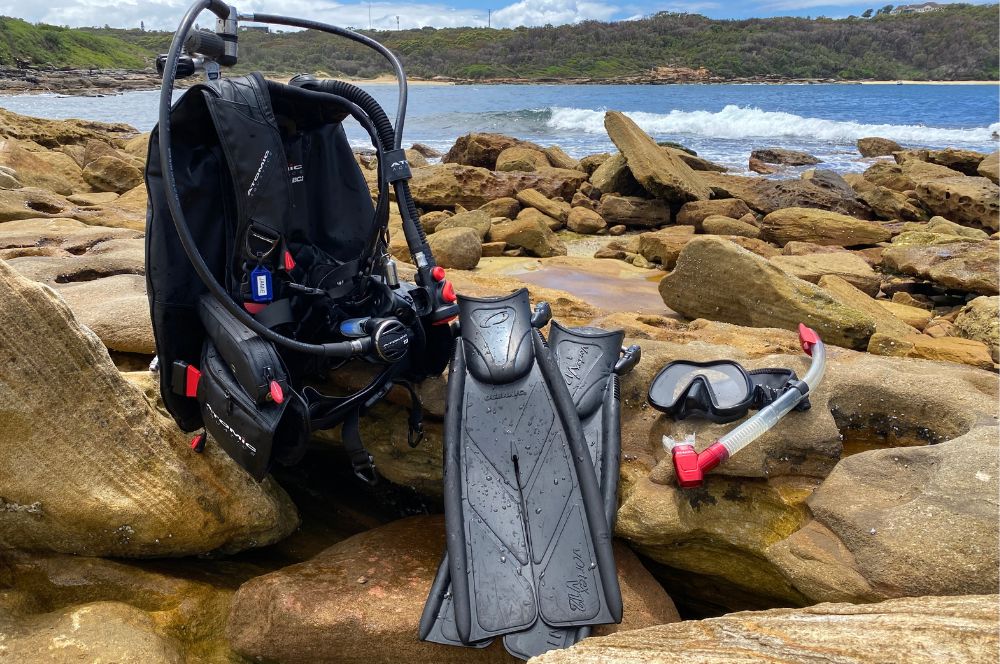
The Great Dive Fin…
The Great Dive Fin Debate: Split Fins vs Blade Fins Fins are one of the most essential pieces of equipment […] -
When to buy your dive gear | Abyss…

When to buy your dive…
When to buy your dive gear If you're interested in diving, then you'll need some scuba diving equipment! […] -
Get the Best Dive Mask You Can.
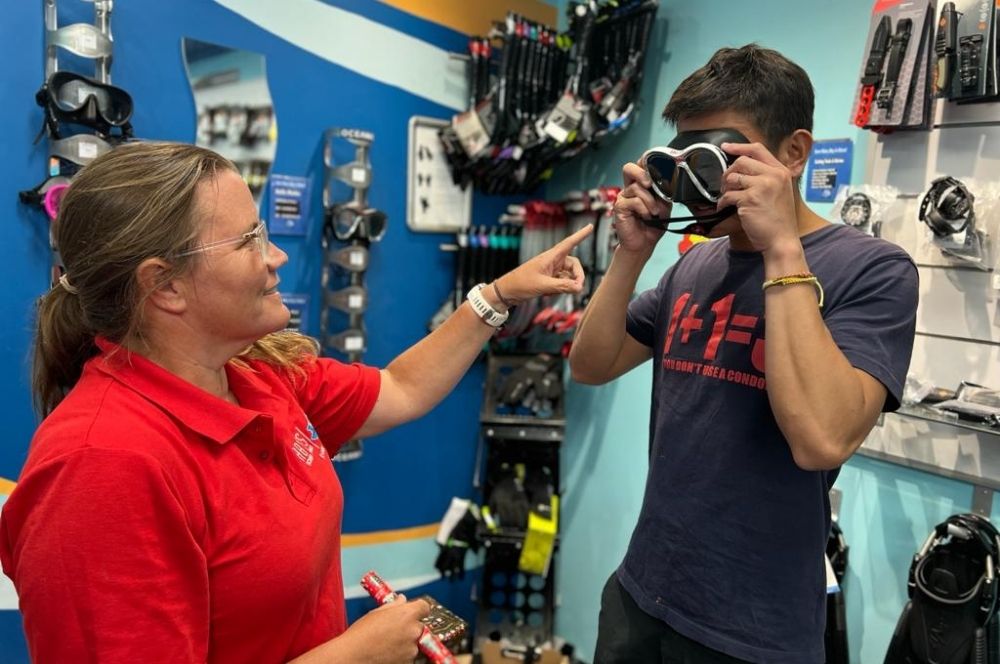
Get the Best Dive Mask…
Get the Best Dive Mask You Can. I have been teaching diving for 25 years and the best advice I can ever give […] -
Do you need a dive computer?

Do you need a dive…
Do you need a dive computer? Do you often ask yourself if you need a dive computer? A lot of divers have […]
Recent Posts
